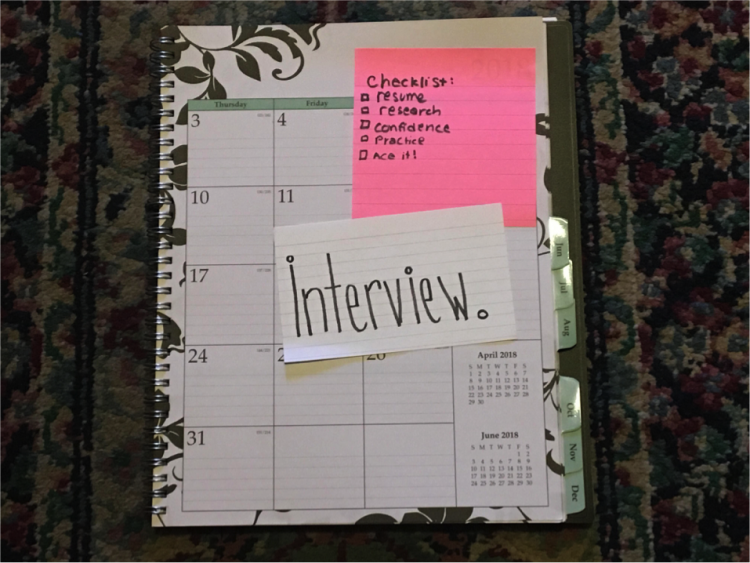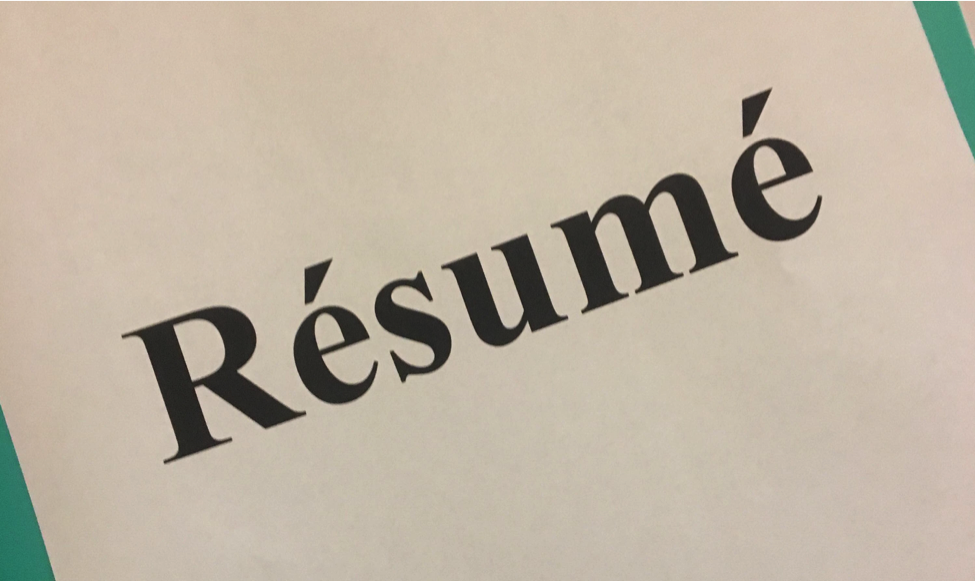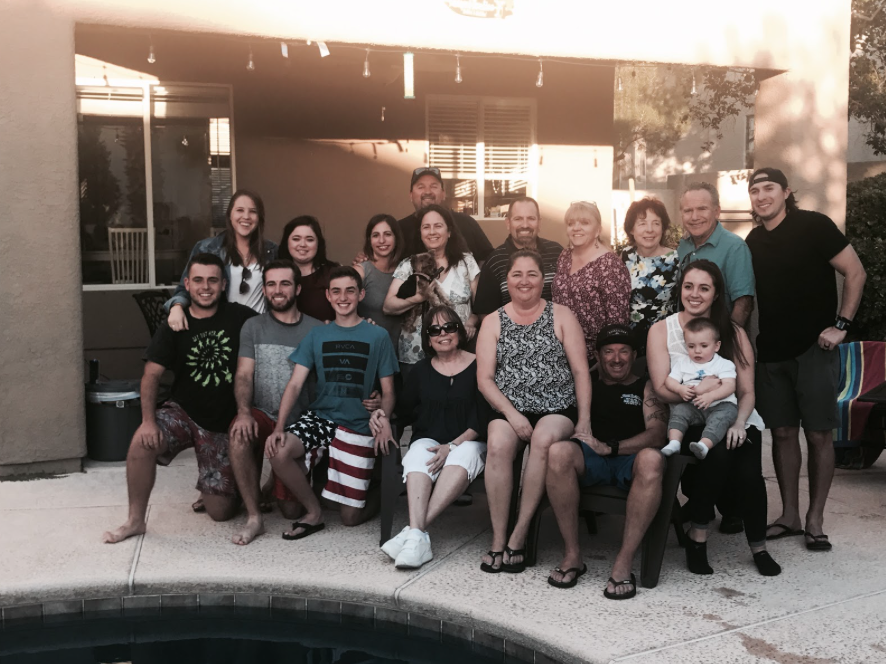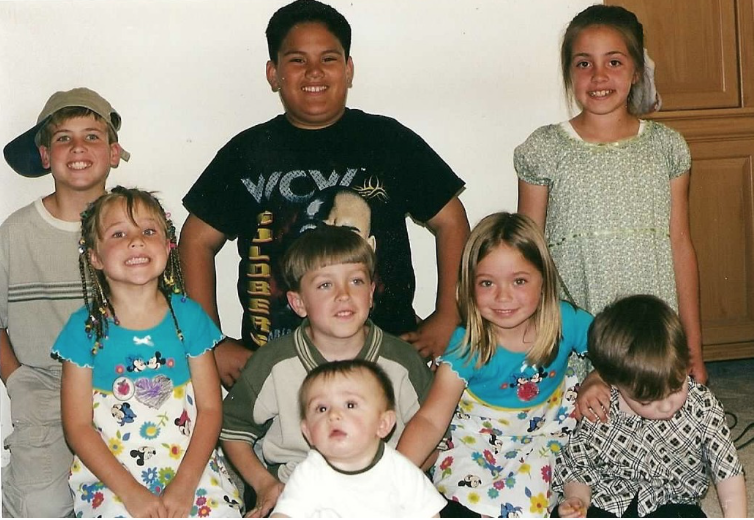I am writing this as a photographer and a public relations executive. I have seen how photographers can make a huge impact in PR campaigns, but I also know that good quality photos don’t come at a low cost.
Public relations firms use photographers in order to enhance company image. Unfortunately, this is not always affordable. Hiring a photographer can be a huge investment. Many people think, “What?! But they’re just taking photos with a nice camera! I could do that.”
Photographers are expensive for many reasons. They are business owners and owning a business does not come at a low price. As business owners, photographers must obtain the necessary licenses that are purchased and renewed once a year.
The most important thing that a photographer could do is to get their name out there and doing so can be costly. This can be done using a variety of mediums: Google Ads, business cards, a website, etc.,and all of which cost money at one time or another.
Photographers must also have many official documents, for they are essential in order to communicate clear messages to clients in a professional way. Creating these documents is very time consuming, yet important because photographers need both customized and personalized contracts, receipts, timelines, etc., which represent how they want to do business. Creating these documents allows photographers to use and send them to their clients, depending on the need of the client.
In order for photographers to be successful, they must stay sharp and up to date on their knowledge of the business. It is important to take classes in order to learn about both photography and being a business owner. This is very time consuming, but it is important to be prepared for all situations.
Photographers have to obtain quality camera equipment such as camera bodies, lenses, storage for the equipment, storage for all memory and props for indoor and outdoor sessions.
All good things must come to an end. Technology does fail, so costly replacements or repairs may be necessary.
Photographers must know how to make their clients feel comfortable while also remembering every pose to give them. Good photographers tend to give constant compliments and affirmations that their clients are doing great. They must do this while also making sure their camera settings create the best amount of background blur while making sure the subject is still sharp. The settings must be tweaked every time the photographer moves in order to match the light that is entering the camera. The photographer must also make sure that the photo does not look too warm or too cold. Then, the photographer must make sure that they are getting a variety of shots. This entails wide, medium and close shots of subject(s).
Many people think that photographers are paid for the amount of hours that they are on-site taking photos. They do not see the outside hours that go into the beautiful photos selected. Editing entails four main steps:
- Backing up photos. This involves putting photos on different storage devices to ensure that they can not disappear.
- Culling. Culling is the process of picking the best photos. This can take some time comparing and contrasting different parts of the photo that make it good versus great.
- Editing collectively. This means that the photographer adds as edit style to place on all of the photos to make sure they have the same look.
- Editing individually. This entails going through each photo and adjusting settings specifically to flatter that photo. (cropping, straightening, brightening, etc)
Although, photographers spend a lot of time taking photos and editing, they spend a large chunk of their time:
- Learning about technique
- Updating their online portfolio
- Updating their social media presence
- Conducting client meetings
- Replying to inquiries
- Creating documents
- Developing their brand
- Creating packages
In reality, photographers earn a lot less than the dollar sign that they charge due to the amount of investments and hours they put in.
By: Christa Boynton
Featured image provided by Maider Izeta on The Adventure Junkies
Second image provided by Christa Boynton, taken by Tiffany Rivas















